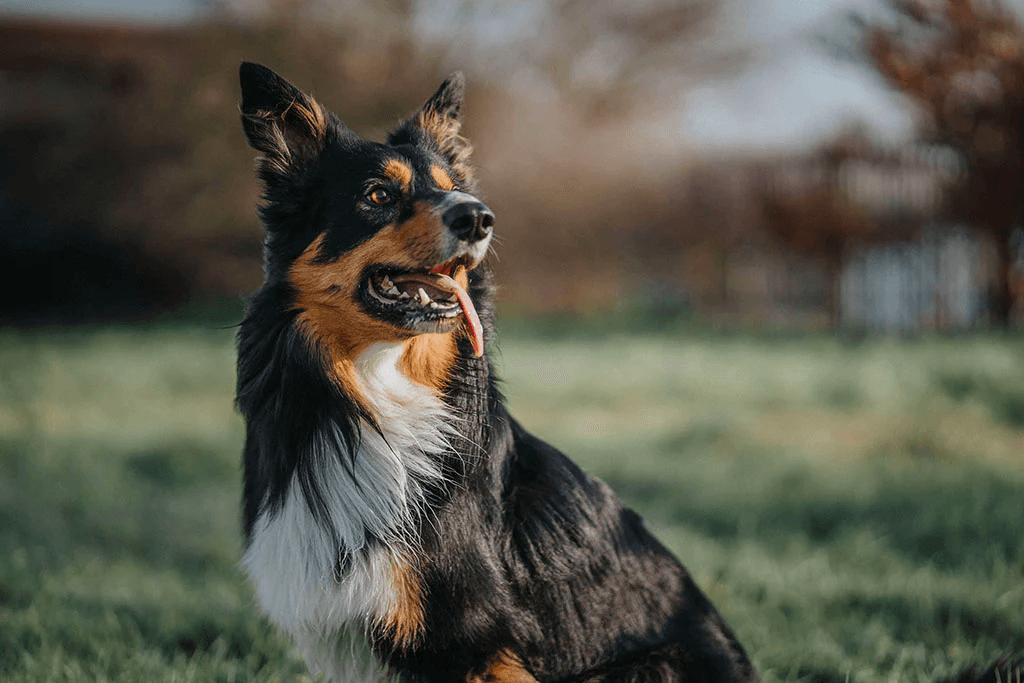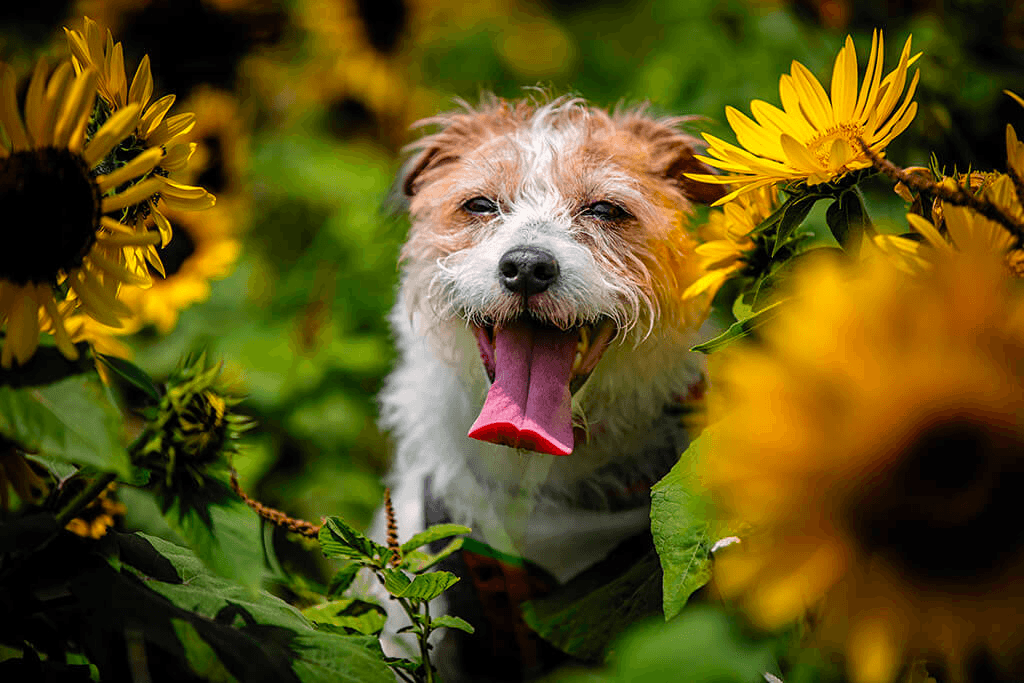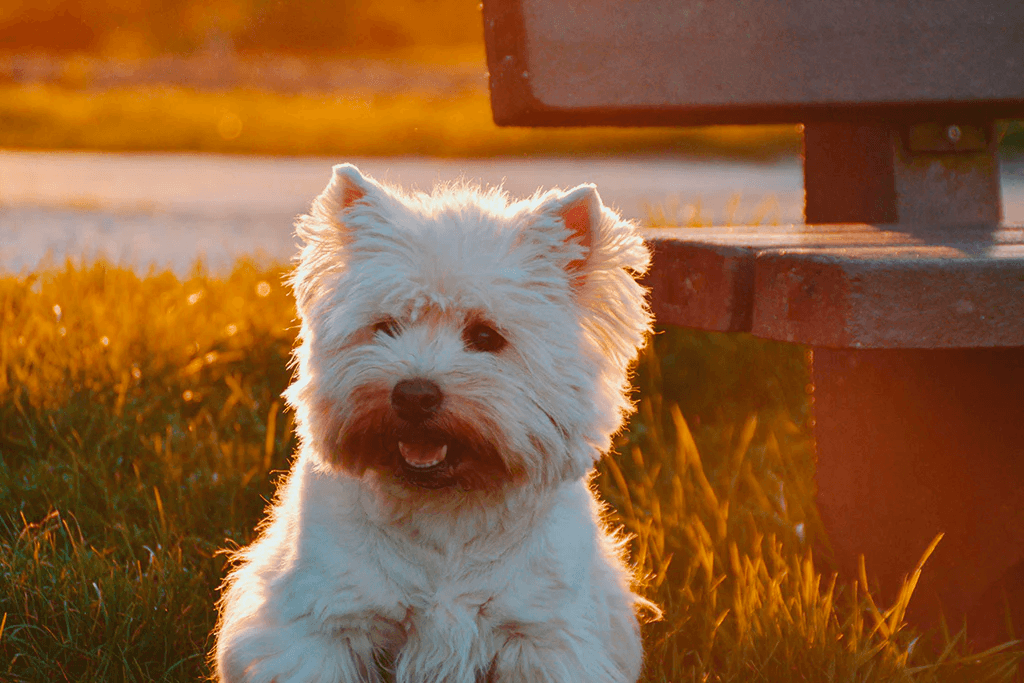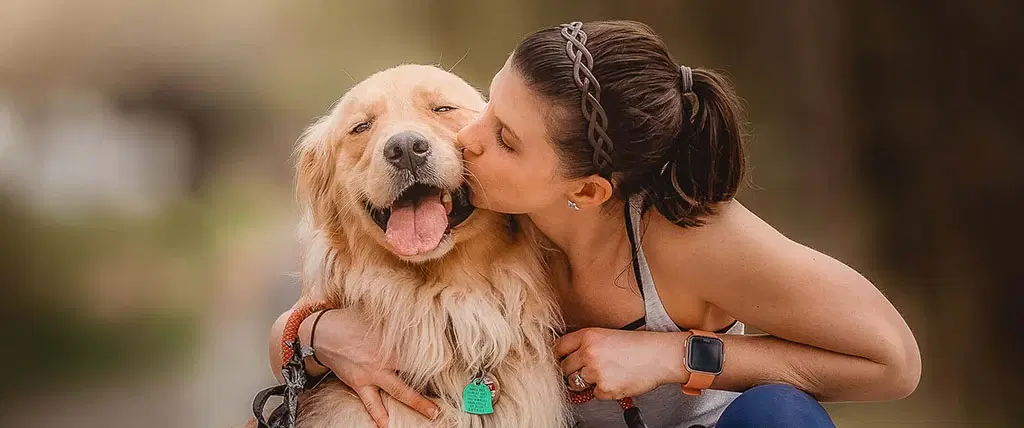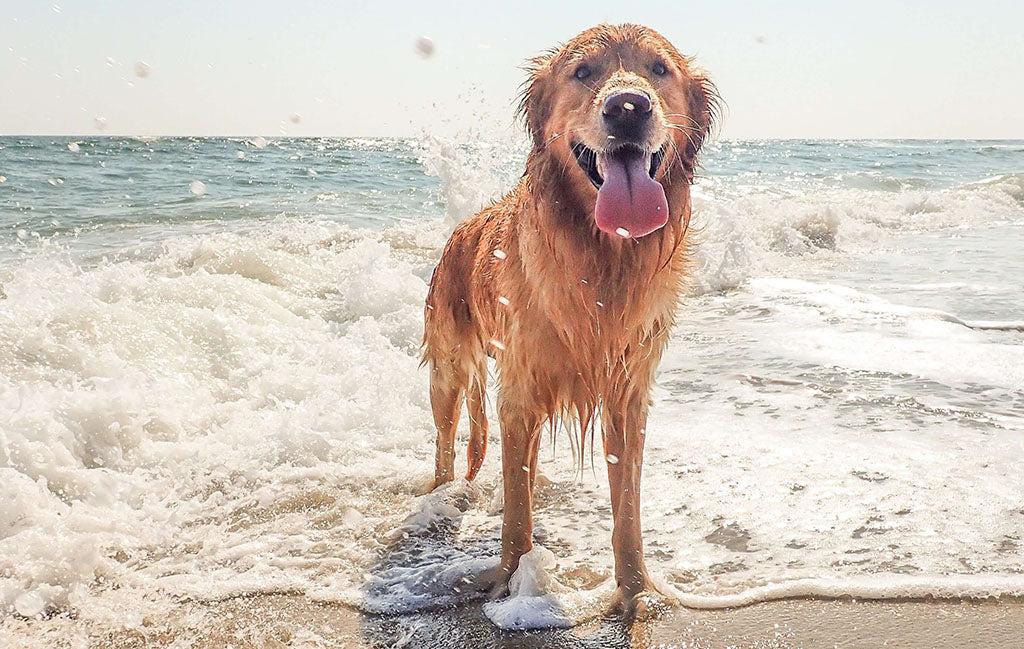Do you love puppy breath? Why does it smell so good? What does it mean when it smells bad? Discover everything you need to know about puppy breath here!
- Home/
- Dog/
- Health & Wellness/
- Puppy Breath: Why We Love It & How to Keep It Fresh
Puppy Breath: Why We Love It & How to Keep It Fresh

Puppy breath, one of the sweetest, rarest smells on the planet–at least dog-lovers think so. It’s been called the “new car smell” of puppies, and for good reason. It’s a big part of that cuddly, fuzzy, sweet appeal.
So what makes it so beguiling and how come it doesn’t last forever? Let’s take a closer look.
What Is Puppy Breath?
We’ll begin with the big question: What does puppy breath smell like? That warm, comforting, and distinctive aroma can bring to mind sweet scents like milk and vanilla. It’s also been described as yeasty or doughy, like fresh-baked bread, and even as having a comforting, earthy smell. No matter how someone describes it, the smell of puppy breath always seems to come across as warm and comforting.
But how is this wonderful scent coming from inside your puppy?
According to Aimee Warner, resident veterinarian at Waggel, a UK-based online veterinary service, that sweet “puppy breath” smell is generally the result of a variety of factors: a milk-based diet, low plaque buildup and a comparatively simple oral microbiome. “Young puppies’ mouths often smell fresher, as they haven’t yet developed tartar or bacteria linked to dental disease,” she says. “Their digestion is also gentler while they’re nursing, which may add to that signature smell.”
On the other hand, adult dog breath generally gets way more, shall we say “colorful” descriptions, such as mossy, fishy, garbage-like, and even reminiscent of old pennies! But why?
“Plaque and tartar are both contributing factors to stinky breath in dogs,” says Marc Smith, DVM, MS, from Natchez Trace Veterinary Services, in Nashville, TN. “Without plaque and tartar, there is less of a chance for smelly breath and the bacterial flora in the puppy’s mouth is still in the process of maturing and developing.”
Since the bacteria are not fully developed, the bacteria that contribute to bad breath is not present, explains Smith.
Why Does Puppy Breath Smell Good?
So far, we have learned that our puppies haven’t had the time to build up any plaque or tartar.
Next, we’ve got the milk-based diet. “When they are young, puppies primarily get their nutrition from their mother’s milk,” says Smith. “This is a simple diet, and fewer factors contribute to bad breath.”
Which leads us to the oral microbiome in puppies, which is less complex and continues to develop as they age. In a 2024 study focusing on small breed puppies aged 6–8 months, researchers found that a bacteria species called neisseria animaloris, commonly found in adult dogs, was not detected. This suggests that the puppy oral microbiome is still in the maturation phase (1).
Why Does Puppy Breath Smell Bad?
Anyone basking in the glorious aroma of their puppy’s breath is likely to notice right away if it begins to smell bad. And that’s a good thing because while puppy breath is usually pleasant, some puppies may have foul-smelling breath due to a few common health issues, such as:
- Oral Health: Early oral infections or other oral health issues, such as plaque, can be an early cause of bad breath, although this is rare in puppies (2).
- Disease States: Health issues such as parasites, liver disease, kidney disease, and diabetes mellitus can also cause bad breath, but are rare in puppies (3).
- Stomach Trouble: Gastrointestinal issues stemming from a disruption of the gut microbiome, such as acid reflux, could play a part (4, 5).
- Scavenging: Your pup could be eating some unappetizing items, including feces—a recipe for bad breath.
- Teething: Once your pup begins to lose teeth, well, it’s the beginning of the end of puppy breath. But it means you’re doing a great job taking care of your growing puppy, and you have many adventures ahead.

When Does Puppy Breath Go Away?
“Puppy breath typically lasts until a puppy gets all its teeth in, which in most dogs takes about 4-6 months,” says Smith. “As the adult teeth emerge, the bacteria changes since the dog is eating a variety of foods and not relying on its mother’s milk.”
You may also notice a metallic scent at times, due to your puppy’s swollen gums and bleeding as “baby” teeth come out.
After 6 months, most dogs will have their adult teeth fully in. “As the adult teeth come in, new bacteria are established, and the breath begins to resemble an adult dog,” says Smith. At this point, dental hygiene becomes more important in preventing not only bad breath but also dental disease.
How to Keep Puppy Breath Fresh
Once all of those beautiful new chompers are in, there are a few ways to hang onto fresh breath for your pup.

Start Brushing Early
“Get your puppy accustomed to having their mouth touched and brush their teeth with a vet-approved toothpaste a few days a week,” suggests Warner. The earlier you can start, the better.
Provide Dental Toys
Puppies love to chew, and the right toys can do double duty by satisfying that urge while helping to support oral health. Look for vet-approved dental toys designed to massage the gums and gently scrape away plaque as your pup chews.
These toys not only help keep puppy breath fresher for longer, but also promote healthy tooth development and can make the transition to brushing easier down the line. Opt for toys that are durable, appropriately sized, and safe for teething mouths.
Feed a Balanced Diet
A healthy diet can greatly impact the environment in your puppy’s mouth, says Smith. “Putting them on good, high-quality food allows your pet to have the best chance of avoiding dental issues.”
You can also look for dog food and treats approved by the Veterinary Oral Health Council (VOHC), which meet standards for plaque and tartar control.
When to Be Concerned About Puppy Breath
The exact smell of your puppy’s breath can mean different things.
According to Smith:
- Rotten or bad breath could be indicative of an infection, poor diet, or possibly even GI issues.
- If the mouth smells like ammonia, this could be indicative of kidney problems in the puppy.
- A metallic smell could indicate that the puppy is teething or having gum issues.
- A sour smell could relate to acid reflux or even digestive problems.
“If you notice any of these scents coming from your puppy’s mouth, it’s a good idea to visit a veterinarian for guidance,” he says.
Intermittent ‘puppy dragon breath’ can be normal during the teething process, but continuing bad or stinky breath may signal a problem, says Warner. “If the odor comes with excessive drooling, swelling of the gums, or loss of appetite, it’s a good idea to get your pup checked out by a veterinarian.”
Puppy Breath Final Thoughts
While puppy breath may be adorable, it’s also an easy way to monitor your puppy’s health. Just remember that it’s normal for that simple, milk-fed smell to fade by the time your puppy is 6 months old, and eating a “big dog diet.” This can be your reminder to take extra-good care of your pup’s teeth with brushing, healthy food, and plenty of safe chew toys.
Sources
https://pmc.ncbi.nlm.nih.gov/articles/PMC10996209/?utm_source=chatgpt.com
https://healthtopics.vetmed.ucdavis.edu/health-topics/canine/halitosis-dogs
https://www.wellpets.com/blog/177-dog-has-bad-breath/?utm_source=chatgpt.com
 W
W